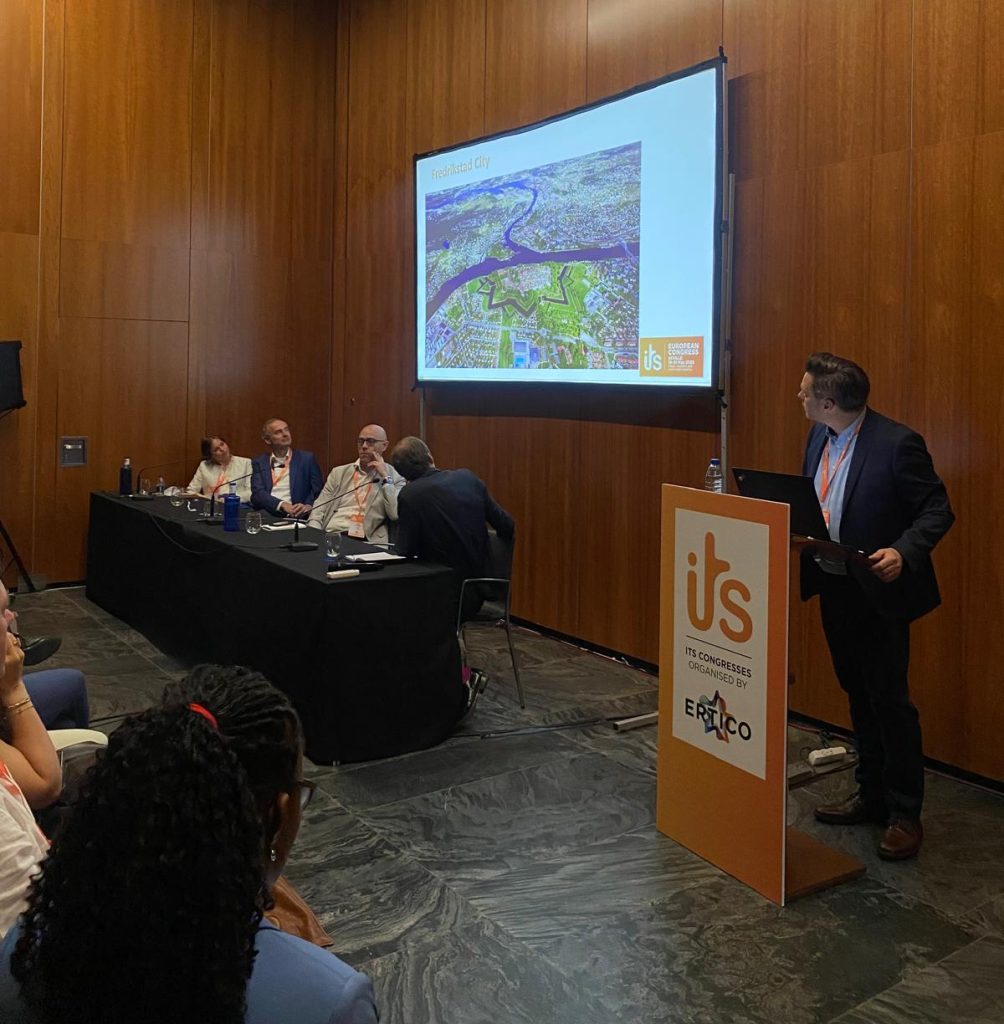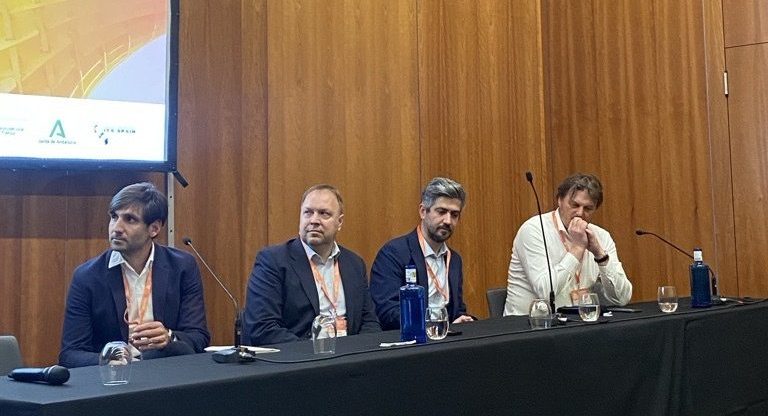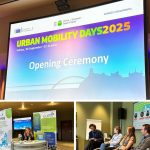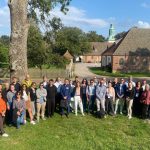At this year’s ITS Sevilla Congress, the SUM Project played a prominent role across several Special Interest Sessions (SIS), contributing critical insights into the development of sustainable and inclusive mobility systems across Europe. From data infrastructure to electrified fleets and business models for shared mobility, the project demonstrated its innovative edge and practical relevance in shaping the mobility of tomorrow.
Enhancing Mobility Through Data – Are We There Yet?
(SIS 18 – EMDS and mobility data to improve new mobility services)
The session underscored the essential role of European Mobility Data Space (EMDS) and National Access Points (NAPs) in building new-generation mobility services. Central to this is the promotion of private-sector data sharing and collaboration across public and private stakeholders. Tools like EDIC, deployEMDS, and Mobility as a Service (MaaS) rely heavily on the maturity of EMDS frameworks.
Fredrikstad, one of the SUM Living Labs, highlighted how travel habits and cultural dynamics must inform the development of Sustainable Urban Mobility Plans (SUMP). The city is finalising its SUMP this year, emphasising co-creation activities such as workshops and focus groups, especially where New Shared Mobility (NSM) services are lacking.
The discussion emphasised the emotional dimension of mobility: how various generations perceive and engage with transport modes. Push-and-pull strategies were noted as crucial in influencing behaviour and fostering positive transitions in mobility habits.

Electrifying Urban Mobility with Ferries
(SIS 28 – Impact of fleet electrification on urban mobility and sustainability)
Electrification took center stage in a joint session with Zev-up and eBRT2030, where Fredrikstad’s river ferry system served as a living example. As part of the SUM Project, the city is exploring how ferries can function not just as transport modes but as sustainable urban icons.
With strategic use of its river network, Fredrikstad is pioneering cleaner diesel alternatives in the short term while investing in long-term electrification to align with Norway’s 2025 goal for fossil-free public transport. Efforts such as The Hyke Project and a new ferry branding programme aim to enhance visibility, usability, and public engagement.
The session reiterated the importance of user-centred design: understanding target groups, building trust through reliable service, and integrating shared mobility into seamless multimodal systems. Ferries are also seen as potential tourist attractions, reinforcing the city’s identity and climate commitment.
Business Models for New Mobility Landscapes
(SIS 68 – Business models and concepts for new urban and peri-urban mobility services)
The final day saw VEDECOM’s Hassan Mahdavi spotlight the SUM Project’s work on shared mobility business models during a session hosted by the CIVITAS Initiative NMS Cluster. His presentation illustrated the structure of viable operations for urban shared mobility, drawing on real stakeholder experiences and commitment levels.
A central takeaway was the complexity of implementing disruptive mobility technologies in cities unprepared for rapid change. With many cities offering a confusing number of “MaaS-like” apps, there’s a clear need for rationalisation and integration.
Strategic co-creation and targeted communication emerged as essential. The session stressed the need for clearly defined roles among municipalities, service providers, and stakeholders. A tailored approach to different user segments (residents, workers, and visitors) was recommended for business model success.
Conclusion: A Living Laboratory for Europe’s Mobility Future
The SUM Project’s presence at ITS Sevilla demonstrated the value of real-world experimentation in developing inclusive, low-emission mobility systems. Through the case of Fredrikstad and the collaboration of partners across Europe, SUM is contributing not only to technical innovations but also to a more human-centred, sustainable future for urban transport.
As European cities move toward greener, smarter mobility, the insights shared in Sevilla reinforce the importance of integration of data, infrastructure, and people.





